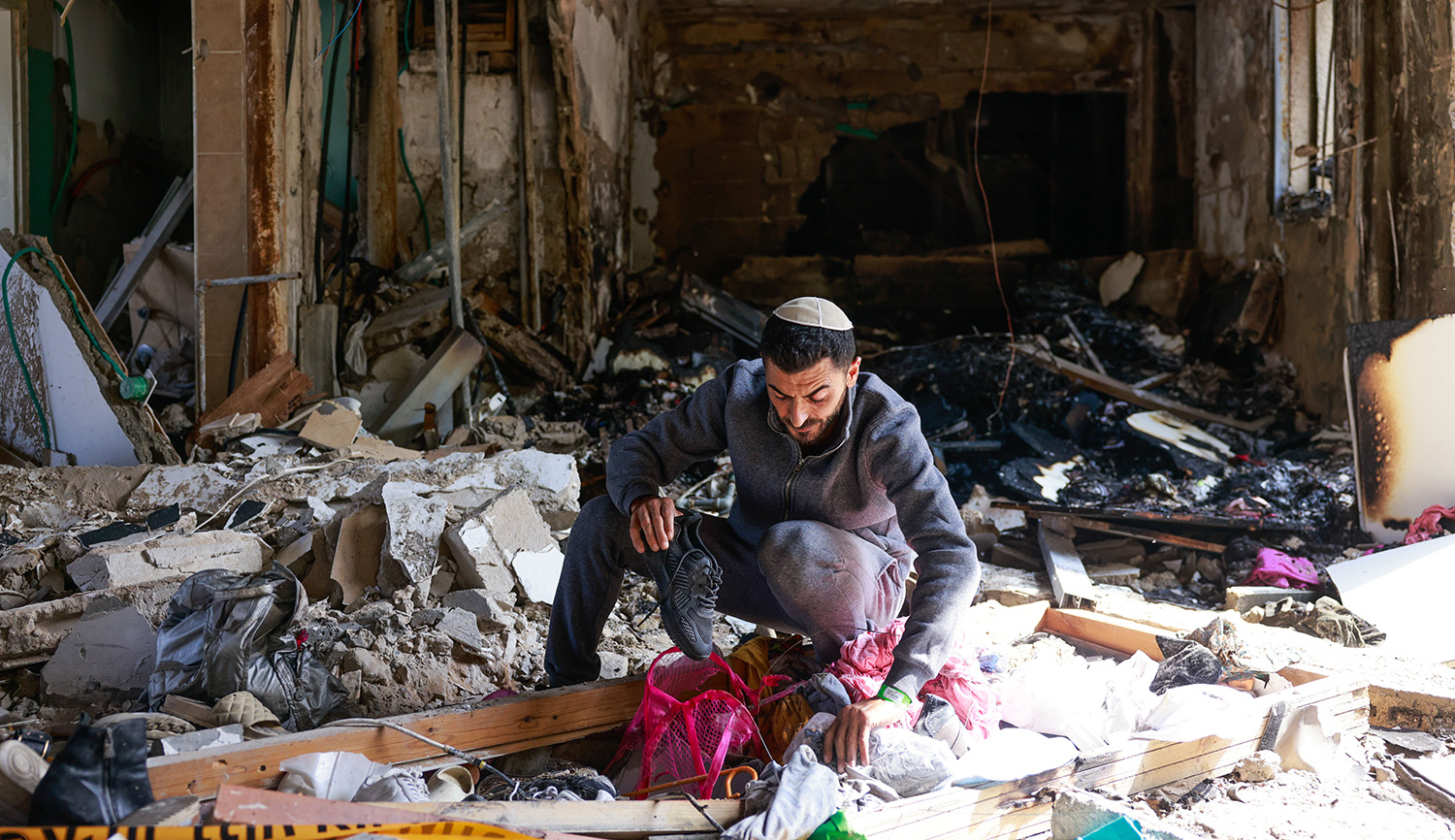Budapest has housed a Holocaust Memorial Center since 2002, but in 2013 the Hungarian government announced plans to open another one, under the supervision of the controversial historian Maria Schmidt, a confidante of President Viktor Orban. Representatives from Yad Vashem and the American Jewish Committee, along with well-regarded scholars, were initially invited to sit on the new museum’s advisory board, but most of them later broke with the project when it became clear that they would have little input, and they became suspicious about its handling of sensitive subjects. With the House of Fates—as it is to be known—scheduled to open later this year, it now faces the opposition of both Yad Vashem and Hungary’s largest Jewish organization. Liam Hoare writes:
The central question—one that is at the core of the debate surrounding the House of Fates and of the broader struggle to understand Hungary’s past—is whether the Hungarian state itself was culpable in [the extermination of 565,00 Hungarian Jews in 1944] and, if so, to what extent. The [older museum] answers this question clearly: Hungarian Jews were subject to discrimination long before the Nazis invaded. In 1920, [less than two years after the country gained independence], laws were passed limiting the number of Jews who could attend Hungarian universities, and in 1938, the first of a series of anti-Jewish laws aimed at disenfranchising Hungarian Jews were enacted, limiting Jewish participation in the nation’s economic and political life. . . .
After Germany occupied the country in March 1944, Hungarian authorities actively collaborated in the attempted destruction of the country’s Jewish population. In 1944, between May 15 and July 9, more than 437,000 mostly rural Hungarian Jews were rounded up and sent to Auschwitz-Birkenau. With only 150 people under his command, Adolf Eichmann could not have run what was the fastest deportation operation to take place during the Holocaust without the efficient work of helpful Hungarian authorities. . . .
The main exhibition [at the House of Fates is expected to] cover the years 1938 to 1948 (the year before Communism was institutionalized in Hungary and the year the state of Israel was established). It will include not just the events of the Holocaust but the road to it—in order to explore how a group of Hungarian citizens could be stripped of their dignity, stigmatized, and sent to their deaths, and how survivors’ lives were irrevocably altered. Presented as a Hungarian tragedy as opposed to an inherently Jewish one, the exhibition will tell the story through video recordings of people who were children at the time of the Holocaust.
[W]hat Zsuzsanna Toronyi, the director of the Hungarian Jewish Museum and Archive, has learned so far has been enough to make her oppose the plans for the main exhibition. . . . Toronyi believes that a museum dedicated to the memories of those who were children during World War II is inherently problematic, as a young person cannot comprehend the magnitude of the Holocaust. Moreover, she says, if a museum looks at the Holocaust only through the eyes of those who can provide testimony, then it sees events only through the perspectives of survivors and non-Jews who saved Jews. Those who were murdered, bystanders, and collaborators are underrepresented or omitted altogether. . . . In addition, she believes that limiting the exhibition to the years 1938 to 1948 avoids discussion of deep-rooted Hungarian anti-Semitism.
More about: History & Ideas, Holocaust, Holocaust Museums, Hungarian Jewry, Viktor Orban, Yad Vashem


